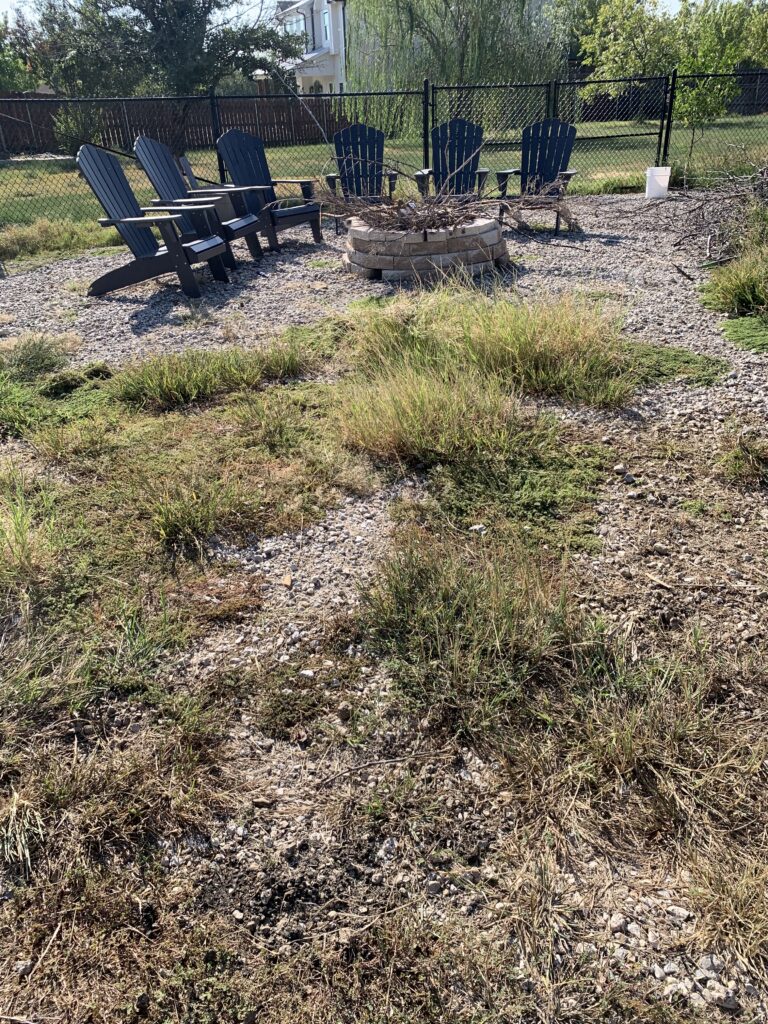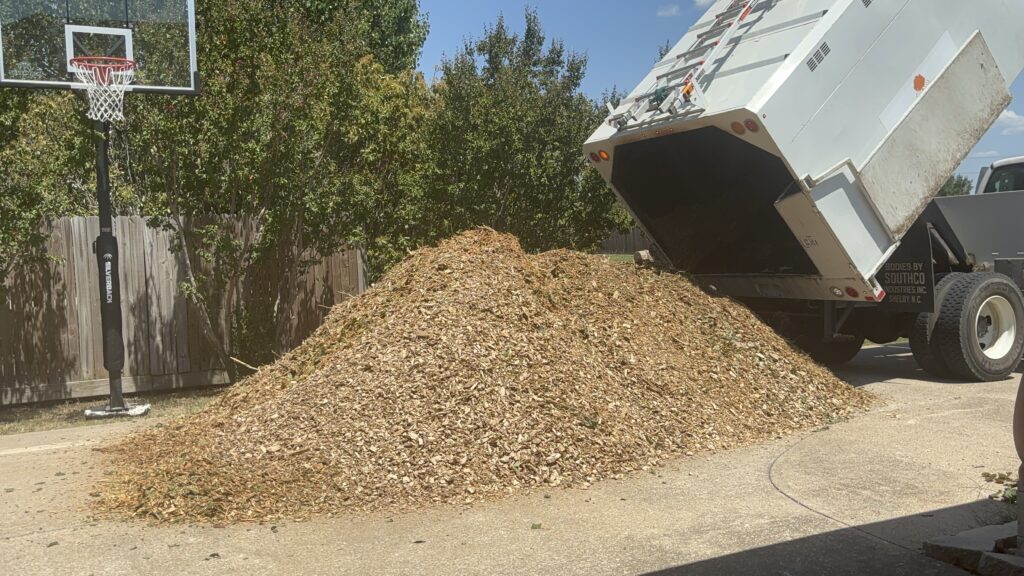10 Effective Ways to Getting Rid of Weeds Naturally: A Chemical-Free Approach
Purchasing items through the links provided in my blog is a way to help me earn a small commission at no extra cost to you. All links are located at the end of this post! Thank you so much for your interest and support!
Introduction
Weeds are often considered the bane of gardeners’ existence. Yes! It’s literally like Batman Vs. Bane! They can become your worst enemy over night, invading flower beds, vegetable patches, and lawns. The moment you turn around, you are hit by the sight of a beautiful garden turned into a chaotic mess, competing with your plants for nutrients, sunlight, and moisture. While chemical herbicides may seem like an easy solution, they can pose risks to your health, the environment, and even the soil itself. I literally have to remind my husband every year of why we don’t use herbicides!
Fortunately, there are many natural and effective methods to control and eliminate weeds without resorting to harmful chemicals. Lets explore various organic approaches to weed management that promote healthy soil and a healthy garden ecosystem.
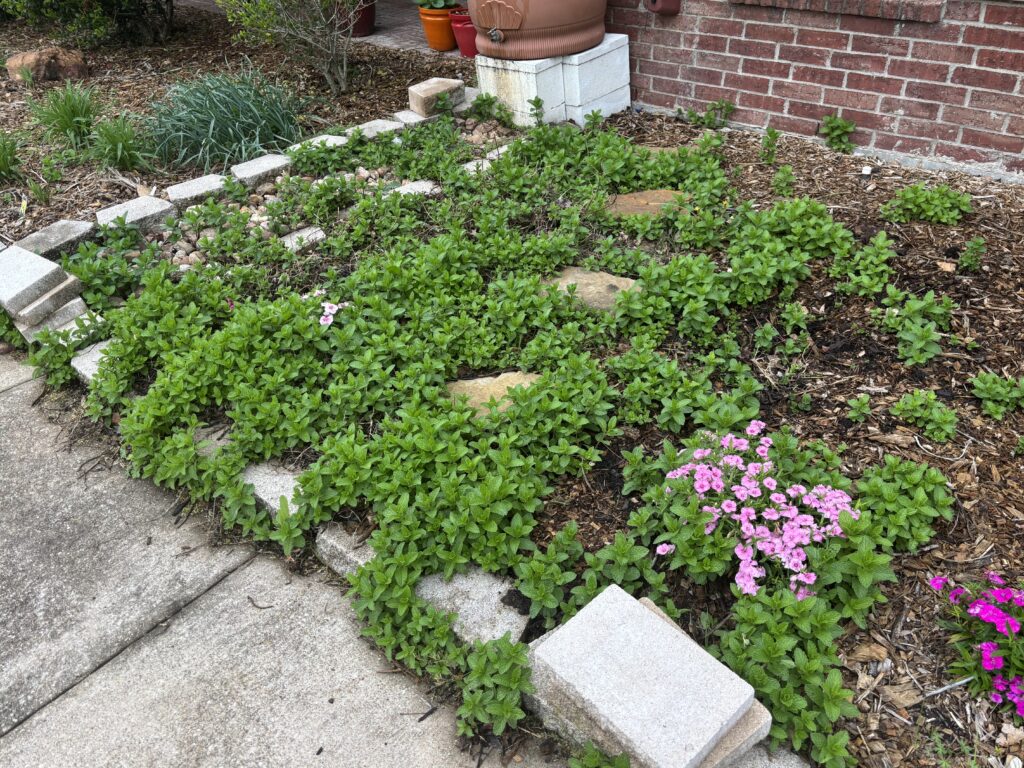
Understanding Weeds
Before diving into weed control methods, it’s essential to understand what weeds are. Weeds are simply plants that grow where they are not wanted. They can be annuals, perennials, or biennials, and they are often hardy plants that can withstand various environmental conditions. Yes! Even the drought and heat of Texas. They can literally make you cry while you keep wondering how and why they are so resiliant to the harshest conditions while on the other hand you struggle to keep your actual garden or vegetable plants alive.
Common types of weeds include dandelions, crabgrass, clover, and bindweed. Oh how I hate the grass that invades my garden beds!!! Understanding the growth patterns of weeds can help us combat them effectively. Trust me, I still battle these unwanted plants every growing season!

Natural Weeding Solutions
1. Hand Pulling
One of the simplest and most effective natural methods of weed control is hand pulling. This method is most effective when the soil is moist, allowing for easier removal of the entire root system. Here are some tips for effective hand pulling:
– Timing: Pull weeds after a rain or watering your garden to ensure the soil is soft.
– Technique: Wearing gloves, grasp the weed firmly at the base and pull upwards slowly. If you pull to hard, the stem can break, giving the weed an opportunity to regrow. Removing the entire root to is key to preventing regrowth.
– Tools: Use a hand trowel or weeding fork to help dislodge stubborn weeds carefully without disturbing surrounding plants. Garden tools also help keep your hands safe from thorny weeds.
While this method can be labor-intensive, it is incredibly satisfying to see immediate results, and it helps you get to know your garden better. At times, pulling out weeds can be therapeutic as long as the weather feels pleasant enough to enjoy the task. Careful when the extra set of tiny hands are around to help. Some weeds can give skin reactions, especially if it’s something like poison ivy and children won’t know how to identy such plants. Even for yourself, always wear gloves!
2. Mulching
Mulching is a highly effective way to prevent weeds from taking root while benefiting your garden in several ways. By creating a barrier on the soil surface, mulch blocks sunlight and hinders weed germination. Additionally, it helps retain moisture, suppresses soil erosion, and adds nutrients as it decomposes. Here are some important considerations for mulching:
– Materials: Use organic materials such as wood chips, grass clippings, or shredded leaves. Avoid using materials that may contain weed seeds. Straw is also another option, but depending on where you get your straw, most of the time it will contain seeds that will germinate and give you the same headache as weeds.
– Thickness: Apply a layer of mulch about 2-4 inches thick to effectively block sunlight without suffocating plants.
– Replenishing: Mulch will break down over time, so it’s essential to replenish it as needed. Usually replenishing every year is a must, otherwise those weeds will creep up on you before you know it. Checking my mulch thickness is a task I take serious, otherwise, I would be adding a lot more weeding work for myself.
3. Boiling Water
Using boiling water to kill weeds is a straightforward and effective method. The high temperature destroys the plant’s cell structure, leading to wilting and death. Here’s how to use this method:
– Application: Boil water in a kettle and pour it directly onto the weeds. This method may not be your go to method if you have to many weeds to burn, since it will require to many trips back to the kitchen to boil more water in your kettle.
– Targeting: Be careful to aim only at the weeds, as boiling water can also harm surrounding plants and soil microbes.
– Best for Walkways: This method is particularly useful for cracks in driveways or sidewalks where weeds are growing and other plants are not in danger of boiling hot water.
4. Vinegar
Vinegar is a household staple that can effectively kill weeds due to its acidity. To use vinegar as a weed killer:
– Concentration: Use you kitchen vinegar with a minimum of 5% acetic acid, or opt for horticultural vinegar with 10%-20% acidity for tougher weeds.
– Application: Spray undiluted vinegar directly onto the leaves of the weeds on a sunny day for maximum effectiveness, as the heat will enhance the vinegar’s impact.
– Caution: Avoid spraying desirable plants, as vinegar does not differentiate between weeds and your plants. If possible don’t spray on a windy day or use a pump sprayer for larger areas and for the weeds growing through your gravel.
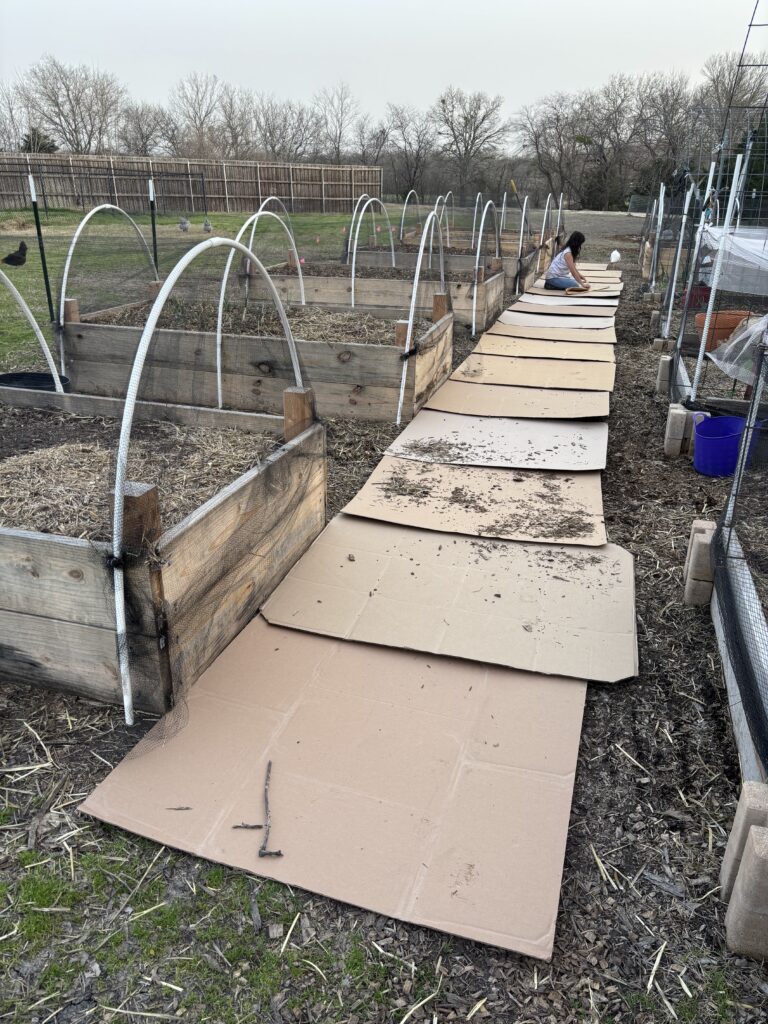
5. Newspaper & Cardboard
Using newspaper and cardboard is an effective and eco-friendly method for controlling weeds in the garden. By laying down sheets of cardboard over weed-infested areas, you can smother the unwanted plants and prevent them from accessing sunlight. This technique not only blocks light but also promotes moisture retention in the soil, creating a favorable environment for desired plants to thrive. Additionally, as the newspaper or cardboard decomposes over time, it enriches the soil with organic matter, contributing to a healthier garden ecosystem. To enhance its effectiveness, you can weigh down the cardboard with mulch or soil, ensuring it stays in place while breaking down. I like to use garden staples to hold down my cardboard in place before mulching, especially if its a windy day.
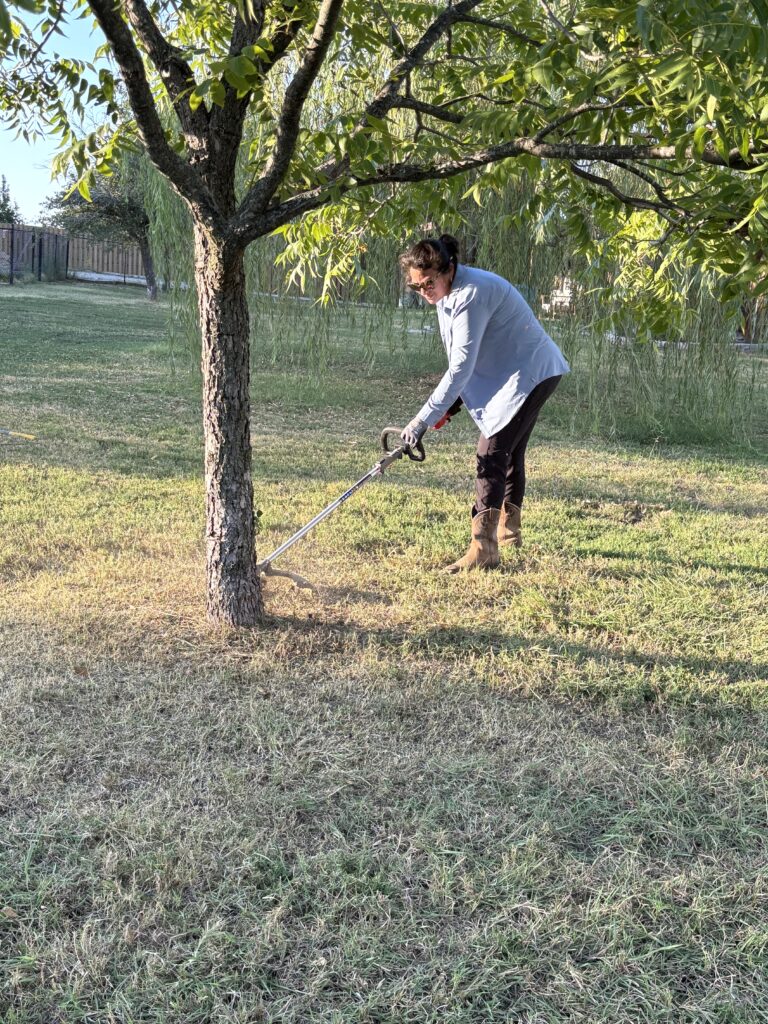
6. Weeding Tools
Using the right tools for weed removal is essential for effectively managing unwanted plants in the garden. Tools such as a garden hoe, hand trowel, and weeding fork are designed to cut through soil and uproot weed at their roots, preventing them from regrowing. A hoe is particularly useful for larger areas, allowing gardeners to scrape the surface and remove weeds quickly, while hand tools give precision in tight spots or delicate flower beds. Additionally, tools like a garden knife can aid in tackling stubborn weeds with thicker roots. Maintaining a focused approach with these specialized tools not only saves time but also promotes healthier soil and plant growth, leading to a more vibrant garden. Wacking weeds with a weed wacker or simply mowing the lawn is also methods I love to use to get rid of weeds effectively. True it’s superficial and you are not uprooting the weed but you are preventing the weeds from spreading or reseeding. That’s already a step ahead of a bigger problem!
7. Corn Gluten Meal
Corn gluten meal is a natural herbicide that can prevent weed seeds from germinating. It contains proteins that inhibit root formation in seedlings but also contains nitrogen to enrich the soil. Here’s how to use corn gluten meal effectively:
– Timing: Apply it in early spring before weeds begin to sprout. The recommended ratio is about 20 pounds per 1,000 square feet.
– Method: Spread a thin layer of corn gluten meal over your garden bed and water it lightly.
– Prevention: While it won’t kill existing weeds, it will dramatically reduce new weed growth.
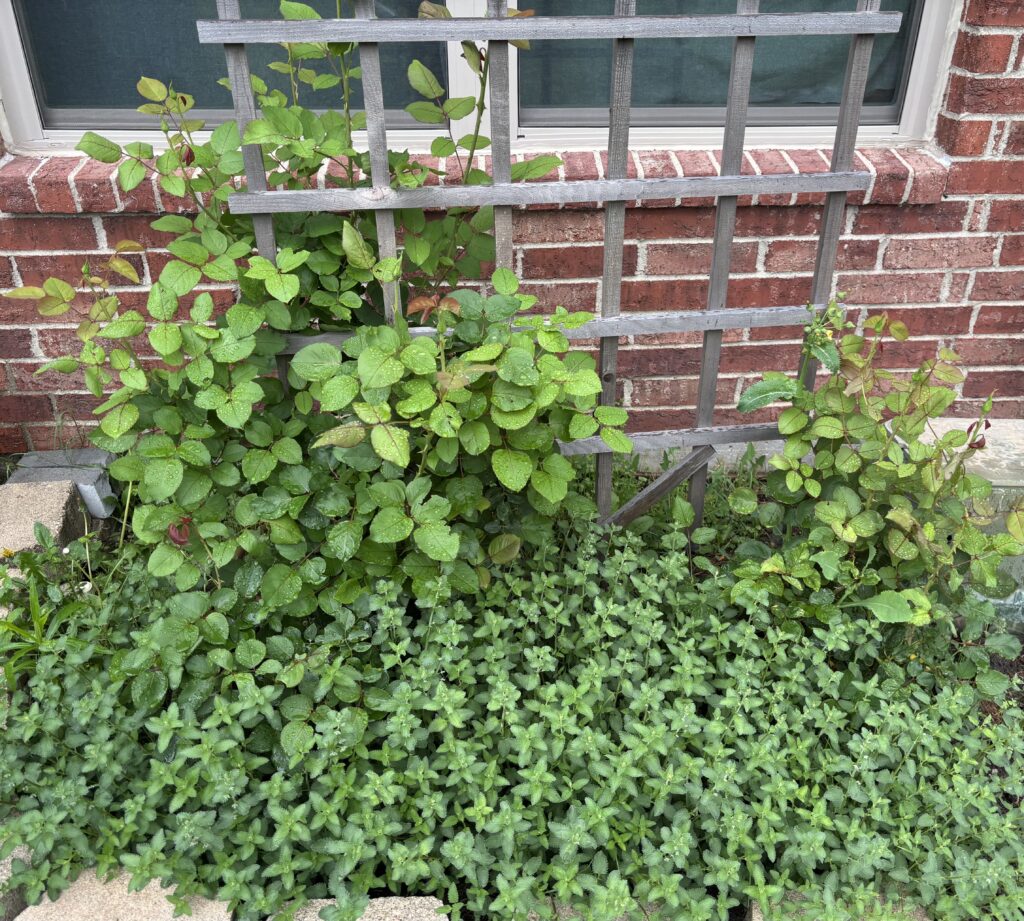
8. Plant Smothering
Use companion planting or smothering techniques to suppress weeds by planting thicker foliage in areas prone to weed growth. Remember, leaving any soil exposed is like an invitation for weeds to move in. Here are some tips:
– Dense Planting: Plant crops closely together to shade the ground and reduce space for weeds.
– Cover Crops: Planting cover crops in the off-season can suppress weeds and enhance soil health.
9. Organic Herbicides
Several commercial organic herbicides are available that contain natural ingredients and are less harmful to the environment than synthetic options. These organic herbicides will cost you a pretty penny, especially if you have alot to cover but if the price doesn’t bother you, then go for it! These may contain ingredients such as citric acid, clove oil, or other natural plant oils. When using these products, follow the manufacturer’s instructions carefully.
10. Maintenance & Prevention
Preventing weed growth is often easier than combating it. Here are some maintenance tips:
– Regular Monitoring: Check your garden frequently for new weed growth and tackle them promptly.
– Healthy Soil: Maintaining healthy soil by adding organic matter and practicing good gardening techniques will enhance your plants’ competitiveness against weeds.
– Proper Watering: Overwatering can lead to weak plants that are more susceptible to weed intrusion.
Making Peace with Weeds
Don’t shed tears over the weeds like I did when I couldn’t control all the weeds on my property. There was just too many and there still is! Making peace with weeds can be a transformative approach to gardening, encouraging a more harmonious relationship with nature. Instead of viewing weeds solely as nuisances, we can recognize their role in the ecosystem, often helping to stabilize soil and providing habitats for beneficial insects.
I tend to leave some, especially in the beginning of spring when the bees are looking for flowers. I also, wait to mow my lawn until I see where my native sunflowers are growing. I like to create a sunflower wall for my chickens to take shelter from predators while foraging, to shade some other plants with their height, and as a trap crop for pests. Yes, native sunflowers can be invasive but now I like to keep some for good reasons! By adopting a more tolerant mindset, we can embrace certain weeds as indicators of soil health or as temporary allies in the garden. For instance, some weeds can enhance biodiversity, attract pollinators, or even serve as edible plants themselves.
By practicing mindful observation and selective removal, gardeners can find balance, allowing them to coexist with weeds while still nurturing their desired plants. This perspective shift not only reduces frustration but also fosters a deeper appreciation for complexities of the natural world.
Conclusion
Weed control doesn’t have to involve harmful chemicals. By employing and embracing natural methods such as hand-pulling, mulching, boiling water, vinegar, and careful planting techniques, you can create a healthy and thriving garden. Each method has its strengths, and combining several approaches may yield the best results.
Not only will these practices promote a more enjoyable gardening experience, but they will also help maintain the ecological balance in your landscape. Remember to be patient and persistent; natural weed control takes time and effort but yields rewarding results.
Recommended Affiliate Links
Using my links will help me gain a small commission at no extra cost to you. Thank you for the support!
Gloves
PIP 34-844/M MaxiFlex Endurance Knit Glove, Medium, Gray (Pack of 12)
PIP 34-844/L MaxiFlex Endurance Knit Glove, Large, Gray (Pack of 12)
Organic Herbicides
Weed Killer Spray (128 oz Gallon) NO Glyphosate
Weeding Tools

